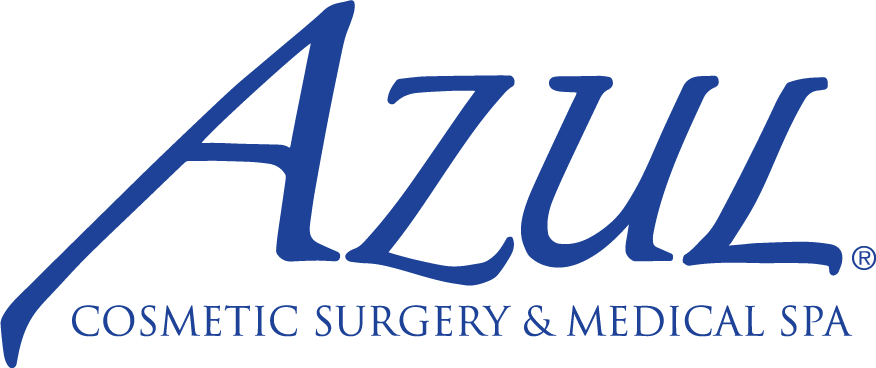CoolSculpting Post Pregnancy: What You Need to Know
- Posted on: Dec 28 2021
 People who are interested in body contouring procedures and nonsurgical treatments have a wide variety of personal reasons for seeking help. Ultimately, the goal is to feel better about your appearance. CoolSculpting is a popular service that destroys unwanted fat. It can be performed on many different parts of the body, but the abdomen is one of the most common treatment areas. The abdomen is also one of the common areas that present concerns for women following childbirth. Read on to see whether it is right for you.
People who are interested in body contouring procedures and nonsurgical treatments have a wide variety of personal reasons for seeking help. Ultimately, the goal is to feel better about your appearance. CoolSculpting is a popular service that destroys unwanted fat. It can be performed on many different parts of the body, but the abdomen is one of the most common treatment areas. The abdomen is also one of the common areas that present concerns for women following childbirth. Read on to see whether it is right for you.
The primary objective of CoolSculpting is to get results safely. Women who are still in their postpartum period or are still breastfeeding present a different set of factors and considerations than the standard patient. Generally speaking, doctors typically do not advise women who are breastfeeding to undergo any kind of body contouring, surgical or not. During pregnancy, enormous shifts in hormones occur. The body doesn’t go back to homeostasis for some time. Breastfeeding can prolong the postpartum period, at least as far as hormone regulation goes. Hormones are chemical messengers involved in numerous biological processes. Some women who had straight hair before having a child developed curly hair after giving birth. This is an example of hormone changes. More directly, though, hormones are involved in metabolism and fat-burning. As hormones return to their new normal after pregnancy and breastfeeding, a woman may find that she begins to lose weight naturally. To achieve the best results, CoolSculpting body contouring should be performed once weight has stabilized.
Diastasis Recti and CoolSculpting
During pregnancy, some women develop diastasis recti. This is when the abdominal muscles separate at the vertical midline of the body. Diastasis recti is a muscle problem so cannot be corrected with CoolSculpting. No procedure that focuses only on fat will correct the separation of the abdominal muscles. These may tighten over time but may always affect the appearance of the midsection. To restore tautness, surgery is required. That said, having diastasis recti does not exclude every woman from having CoolSculpting. The patient and the provider must have a conversation about the condition and the expected outcome of CoolSculpting so there is little risk of surprise.
C-Section and CoolSculpting
Like diastasis recti, having a C-section scar may not exclude a woman from having CoolSculpting. Patients must engage in a thoughtful conversation with their provider to understand what the procedure may do and what it cannot. For example, there is no guarantee that CoolSculpting fat reduction will improve the “shelf” that many women are left with after their C-section. The provider may also have to make accommodations for the scar during applicator placement to ensure the best and safest outcome.
If it has been 3 t 6 months since your birthing experience and you want to start exploring what may be possible with CoolSculpting, we would be happy to meet with you. We perform this treatment at our Fort Myers, Naples and Bonita Springs offices. Contact us today to schedule your visit.
Posted in: CoolSculpting

